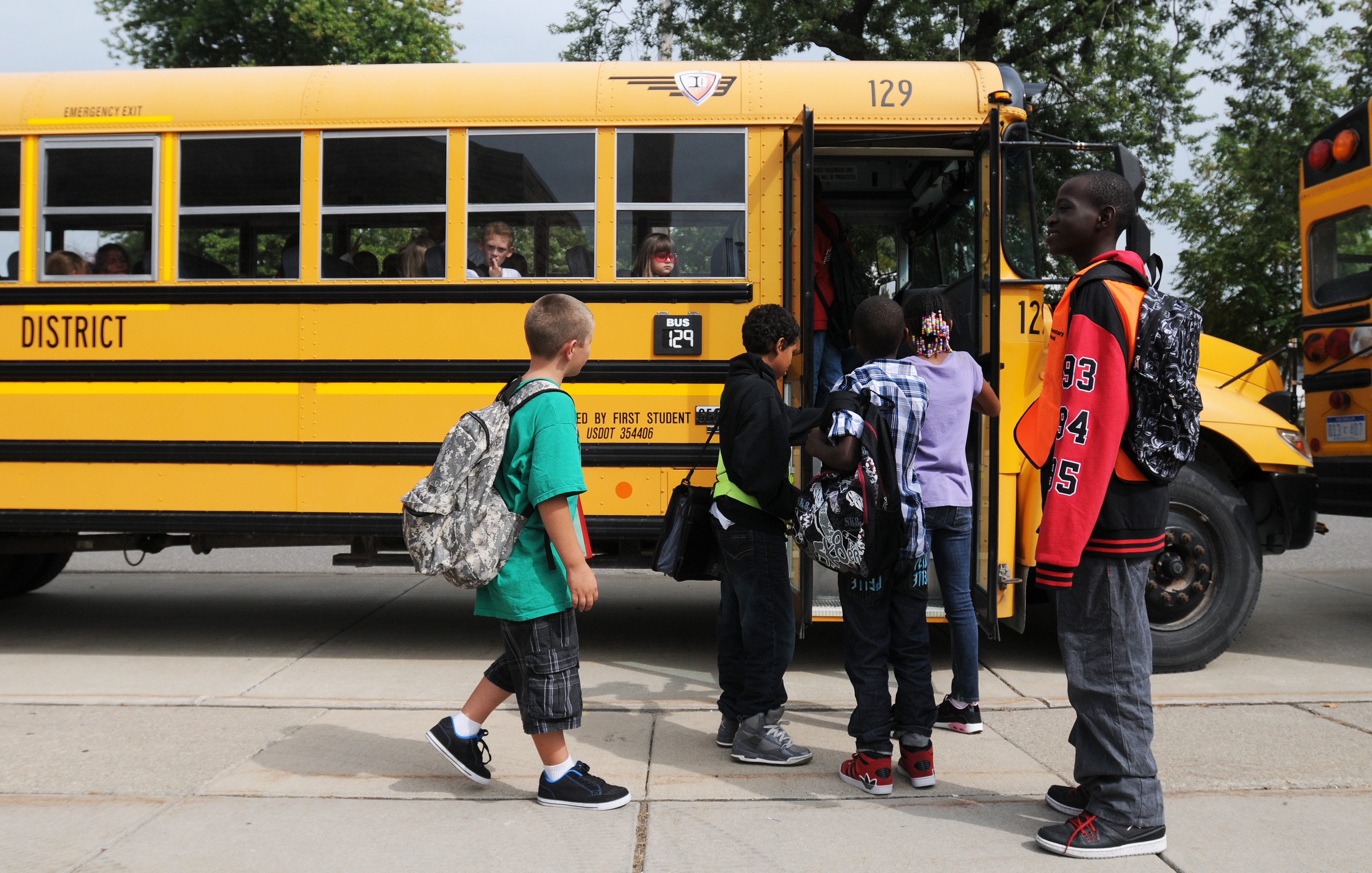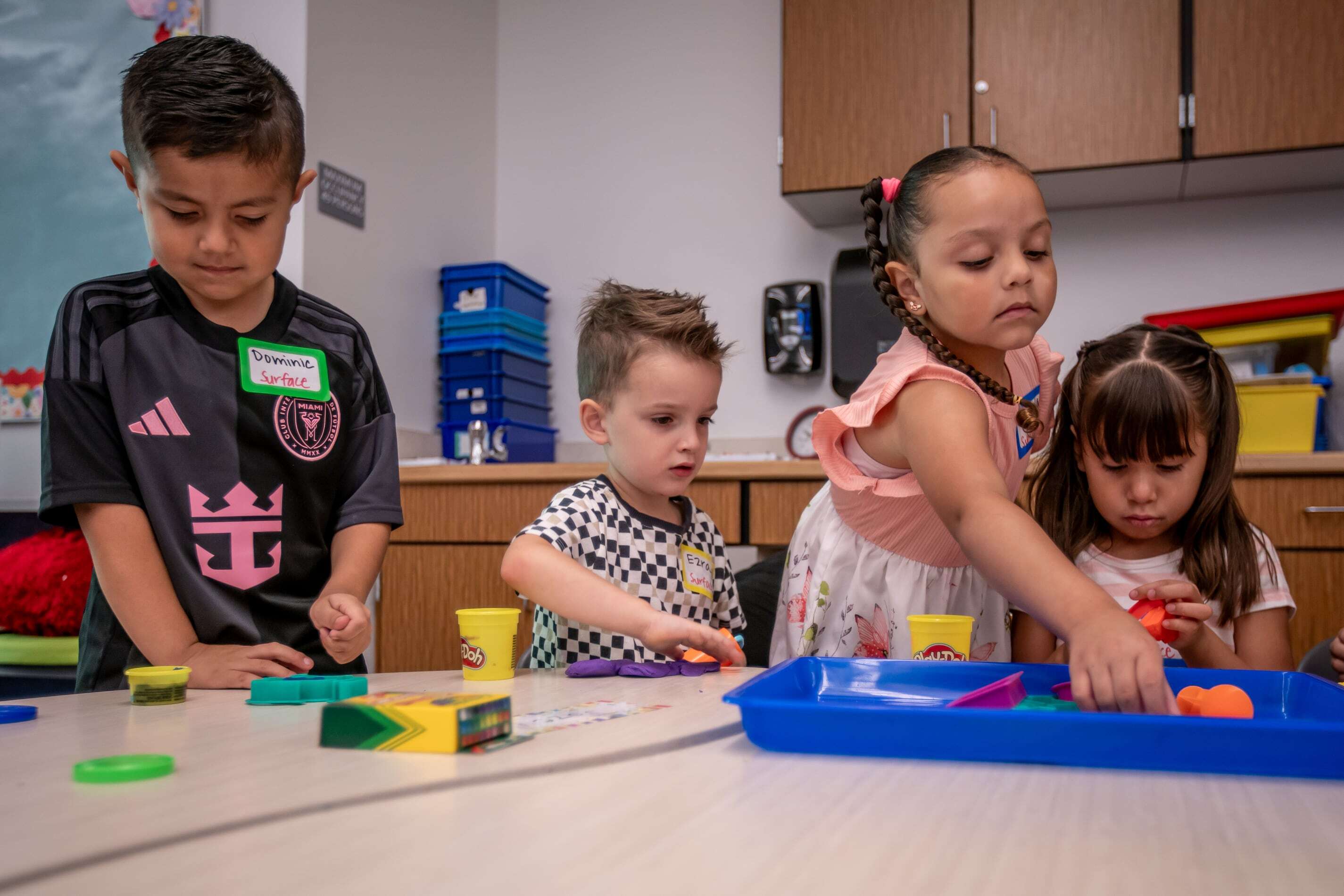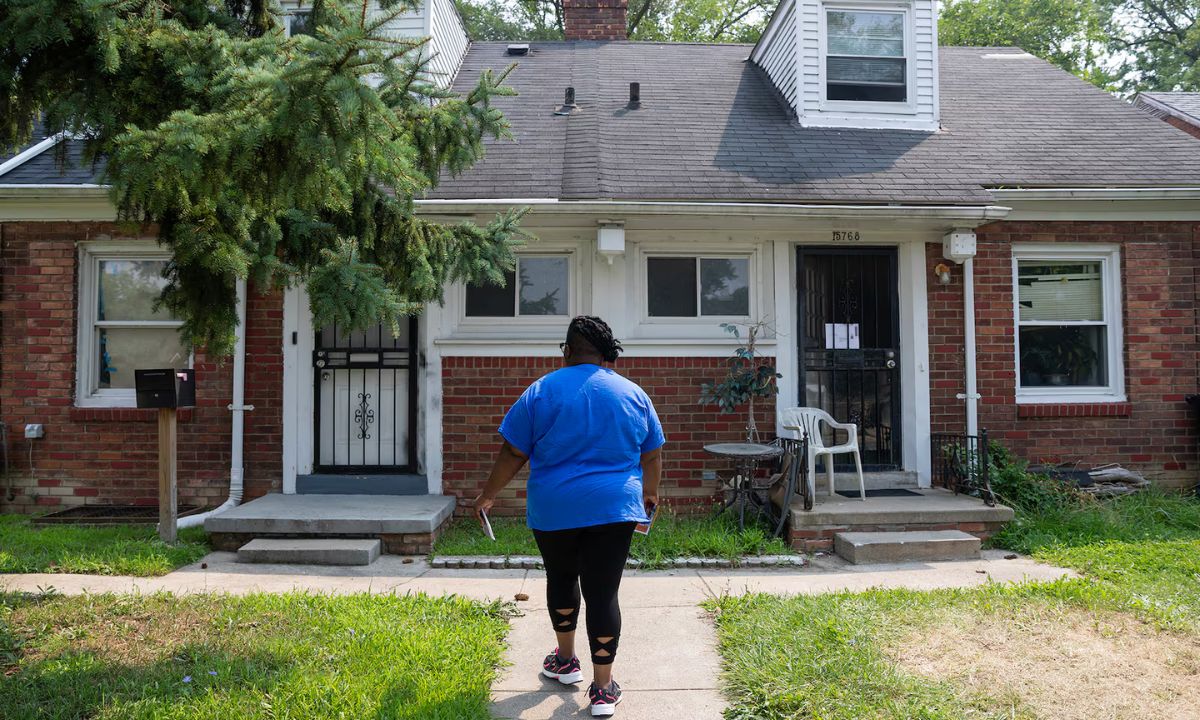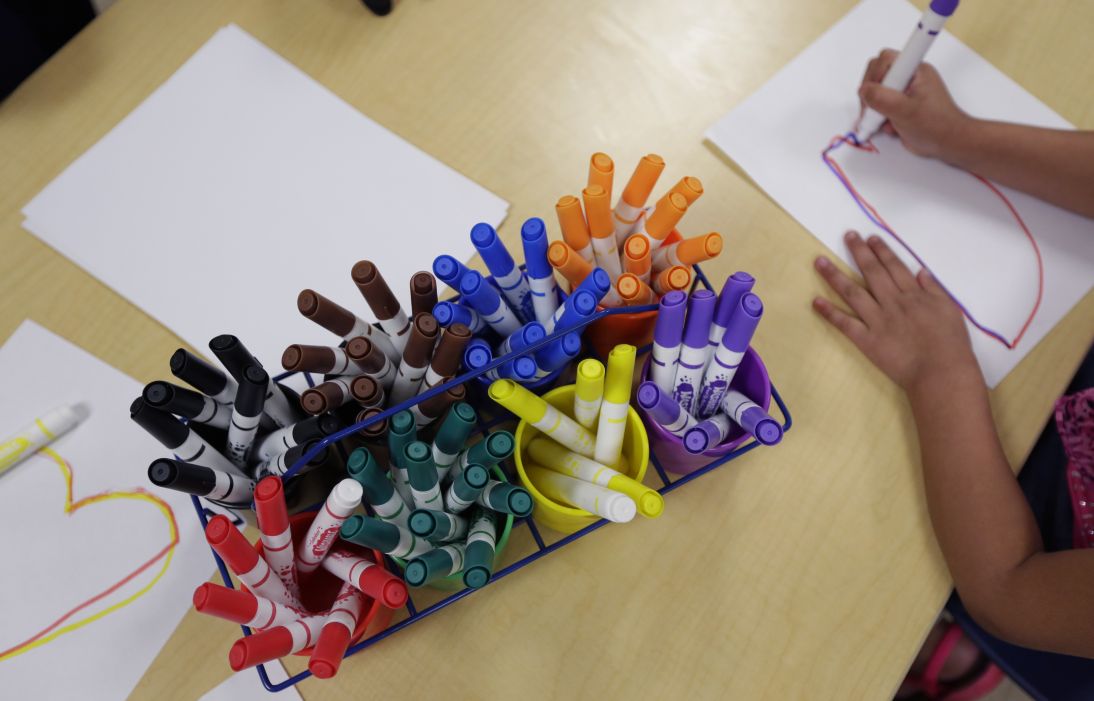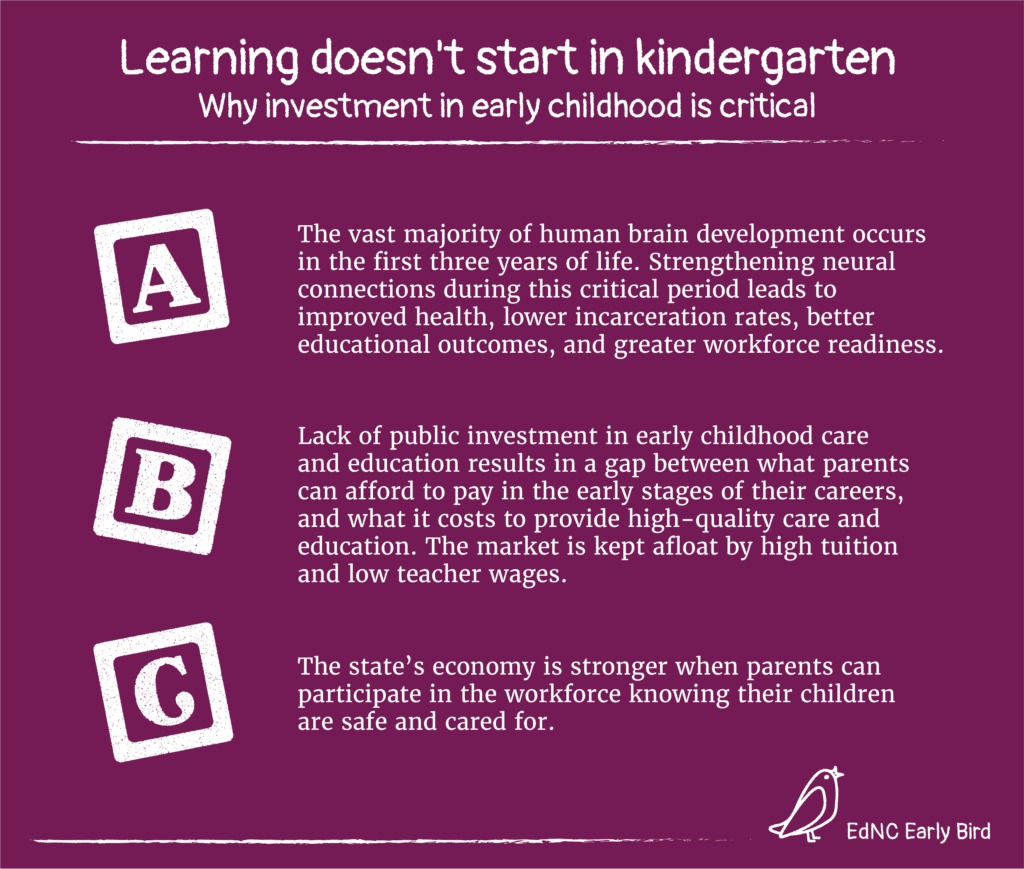Texas School Programs Caught in Federal Funding Crossfire

A Journey to Washington, D.C. and the Fight for After-School Programs
Na’Siah Martin and H’Sanii Blankenship’s trip to Washington, D.C. in July was meant to be a pivotal moment in their lives. The teenagers were set to meet with lawmakers, visit monuments, and reflect on the legacy of civil rights leaders like Dr. Martin Luther King Jr. However, what began as an exciting journey quickly turned into a mission to protect the programs that had shaped their growth.
Both Martin and Blankenship have been active members of the Boys and Girls Clubs of the Austin Area for years. This program has provided them with mentorship, academic support, and a safe space to explore their interests. As they prepared for their trip to Capitol Hill, they were determined to present their vision for addressing mental health challenges among student-athletes—something both of them had experienced firsthand.
But just two weeks before their arrival, the Trump administration made a sudden decision that threatened to disrupt their future. The U.S. Department of Education announced a pause on the distribution of nearly $7 billion in funds for teacher development, English language support, and after-school programs. For Texas, this meant a potential loss of $670 million, which could jeopardize programs like the Boys and Girls Club that had played such a vital role in their lives.
The Broader Impact of Federal Funding Cuts
This move was part of a broader pattern of cuts under the Trump administration. Over the past year, the government has taken steps to reduce funding for food assistance, healthcare, university grants, foreign aid, and public broadcasting. These actions have disproportionately affected low-income families, people of color, and communities of color.
The cuts have also raised concerns about the long-term impact on education and social services. Advocates argue that these policies are not just about saving money—they are part of a larger effort to roll back progress on diversity, equity, and inclusion initiatives. Some officials have even suggested eliminating the Department of Education entirely, arguing that education should be handled at the state level.
For many Texans, especially those in rural areas, these changes have created significant uncertainty. In places like Hebbronville, where access to affordable childcare is limited, after-school programs serve as a lifeline for working families. Without these programs, parents like Clarissa Mendez face the daunting task of finding alternative care for their children.
The Struggle for Rural Educators
Rural educators have also felt the effects of these funding cuts. Gay Hibbitts, a 57-year-old aspiring teacher from Throckmorton, was part of a federal program that helped prepare teachers for rural classrooms. When the program was abruptly cut, it left her and others in a difficult position. Despite the initial setback, Hibbitts eventually found out that the program would resume for the 2025-26 school year, giving her a chance to complete her training and begin teaching.
For students like Martin and Blankenship, the uncertainty around funding was deeply personal. They knew that without the Boys and Girls Club, they would lose more than just a place to hang out—they would lose a community that had supported their growth and development.
A Glimmer of Hope
After weeks of uncertainty, the Trump administration finally announced that the frozen funds would be released. The news brought relief to many, including Peña, the after-school program coordinator in Hebbronville, and Mendez, who no longer had to worry about finding child care. For Martin and Blankenship, the announcement was a reminder of the power of advocacy and the importance of standing up for the programs that support young people.
While the situation remains uncertain, the experience has shown that when young voices are heard, change is possible. For now, the future of after-school programs in Texas looks a little brighter, but the fight for stable funding continues.

